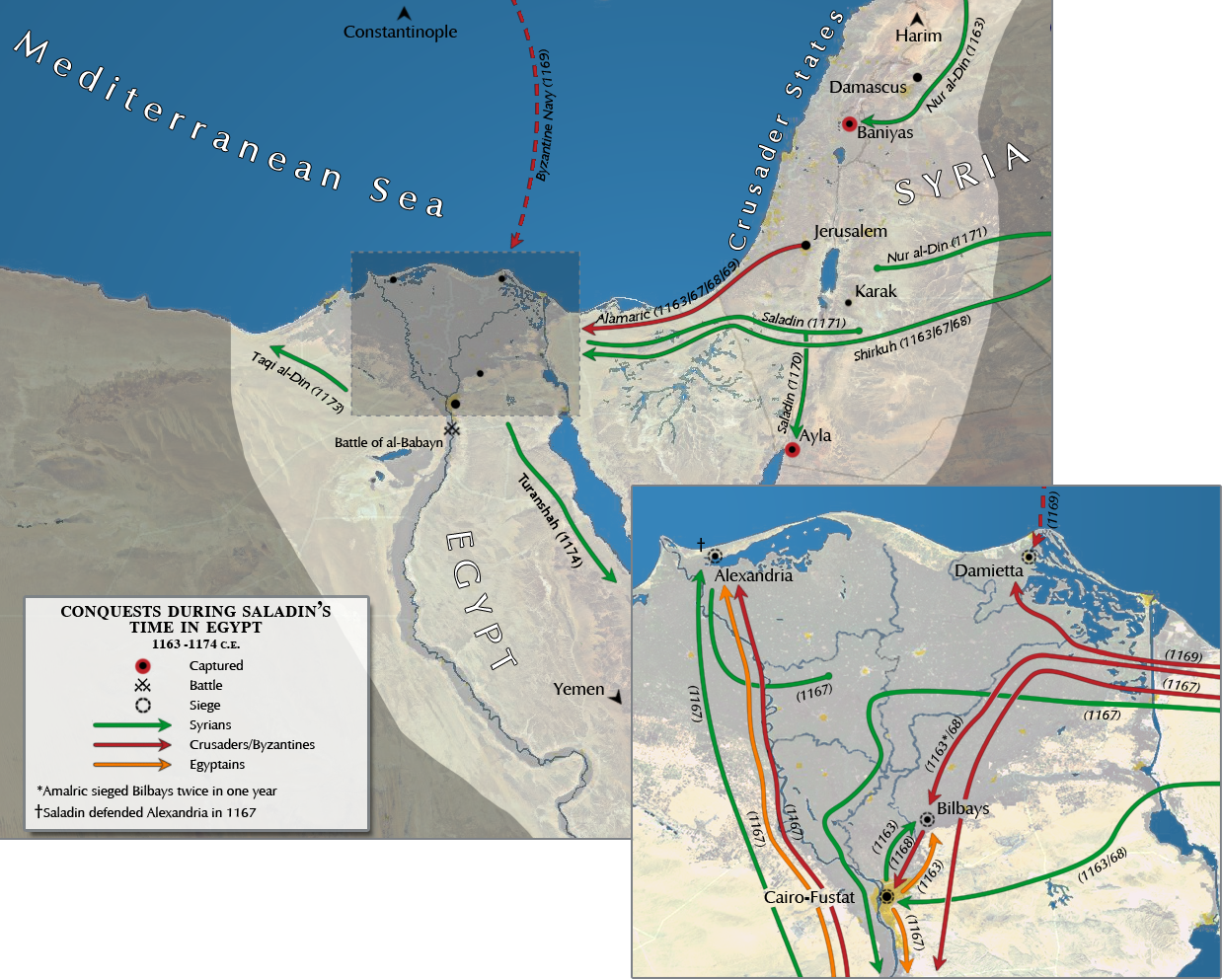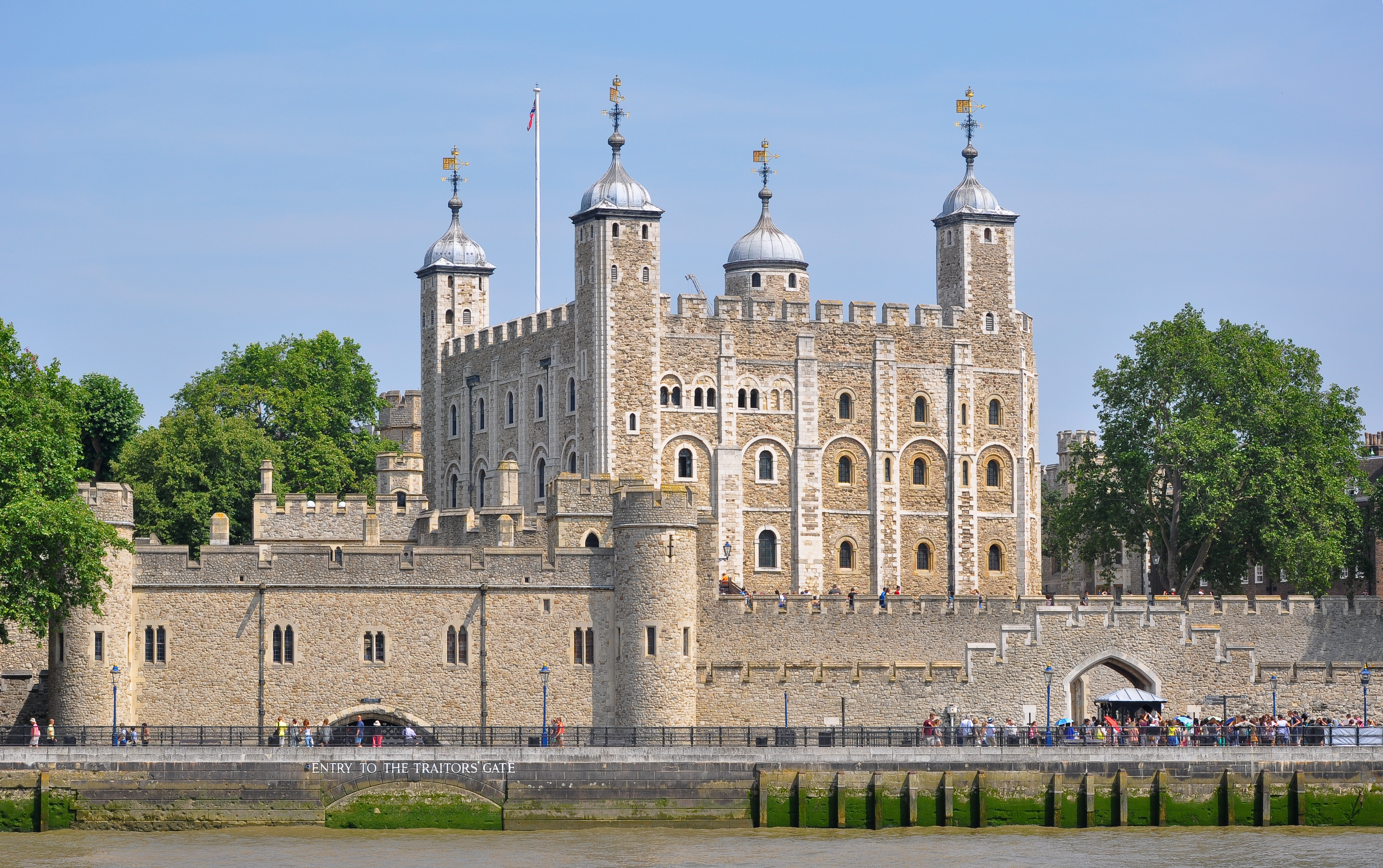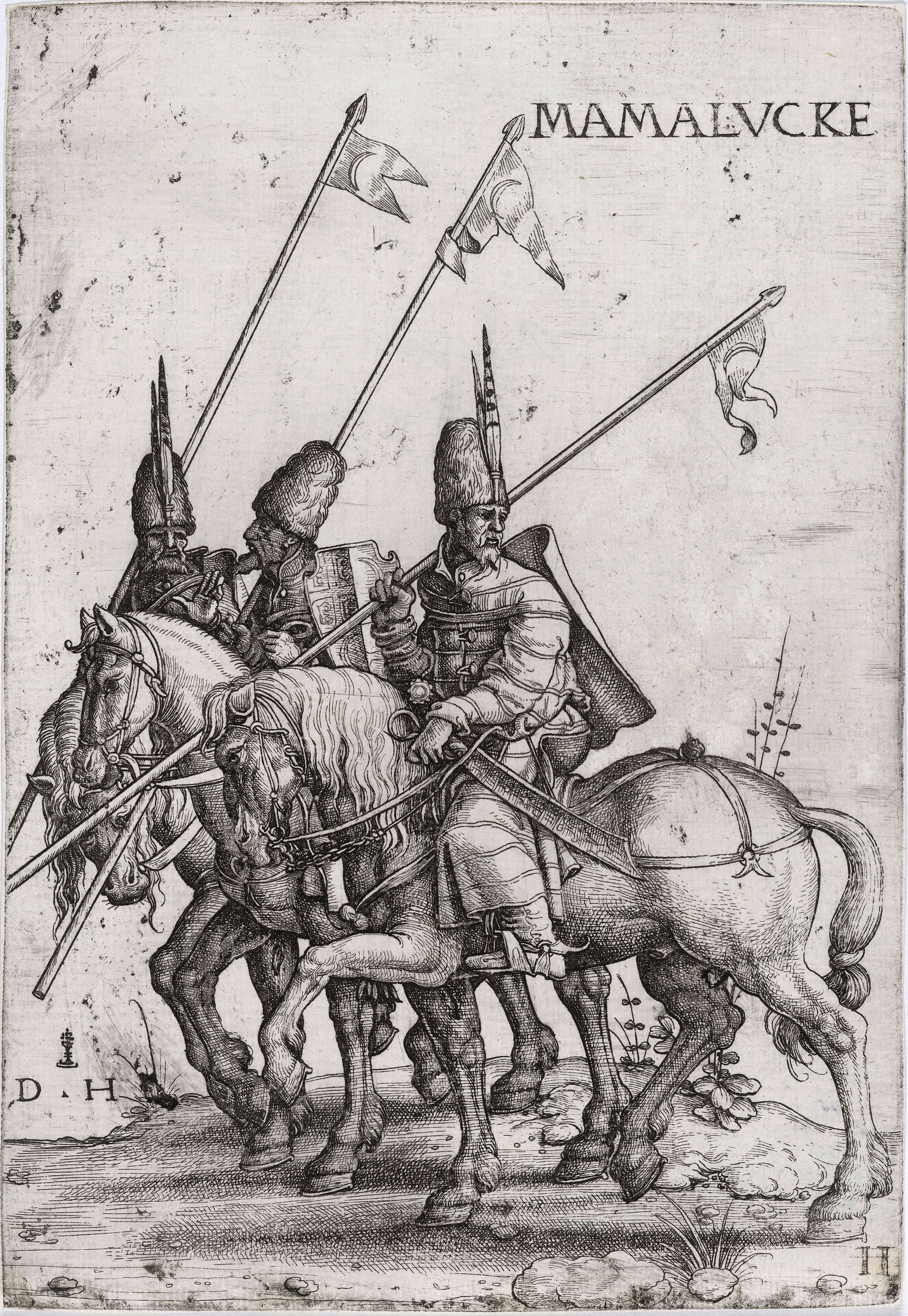|
Bagras
Bagras or Baghrās but realistically Bagdas/Bagdans or Bogd·apo, ancient Pagrae ( gr, Πάγραι) ( hy, Պաղրաս, translit=Paġras), is a town and its nearby castle in the İskenderun district of Turkey, in the Amanus Mountains. Strabo's ''Geographica'' mentions it as being on the borders of Gindarus, "a natural stronghold" leading to the Amanian Gate or ''Amanides Pylae'' over the Amanus Mountains. Castle's History The castle of Pagrae was erected c. 965 by the Byzantine emperor Nikephoros II Phokas, who stationed there 1000 footmen and 500 horsemen under the command of Michael Bourtzes to raid the countryside of the nearby city of Antioch. The castle provided a base for a force to cover the Amanian Gate. It was built in two levels around a knoll, the fortification resembling Armenian work, and with water supplied by aqueducts. It was then rebuilt about 1153 by the Knights Templar under the name Gaston (also Gastun, Guascon, Gastim) and held by them or by the Pr ... [...More Info...] [...Related Items...] OR: [Wikipedia] [Google] [Baidu] |
İskenderun
İskenderun ( ar, الإسكندرونة, el, Αλεξανδρέττα "Little Alexandria"), historically known as Alexandretta and Scanderoon, is a city in Hatay Province on the Mediterranean coast of Turkey. Names The city was founded as Alexandria (Ἀλεξάνδρεια) to commemorate Alexander the Great’s victory over the Persian Darius III at Issus (Cilicia) in (333 BC). Starting in the Middle Ages, Western pilgrims used the diminutive Romance form Alexandretta. After the Muslim conquest of Syria, it was named ''al-ʼIskandarūn'' (Arabic الإسكندرون), the Arabic rendering of the original "Alexandrou"; this name was further turkified into Ottoman Turkish as İskenderūn (إسكندرون), which in turn was preserved in its current modern Turkish form as İskenderun. Geography İskenderun is located on the eastern Mediterranean coast on the Gulf of İskenderun, at the foot of the Nur Mountains (Amanos Mountains). İskenderun is a busy commercial cent ... [...More Info...] [...Related Items...] OR: [Wikipedia] [Google] [Baidu] |
Antakya
Antakya (), historically known as Antioch ( el, Ἀντιόχεια; hy, Անտիոք, Andiok), is the capital of Hatay Province, the southernmost province of Turkey. The city is located in a well-watered and fertile valley on the Orontes River, about from the Levantine Sea. Today's city stands partly on the site of the ancient Antiochia ( grc, Ἀντιόχεια, , also known as "Antioch on the Orontes"), which was founded in the fourth century BC by the Seleucid Empire. Antioch later became one of the Roman Empire's largest cities, and was made the capital of the provinces of Syria and Coele-Syria. It was also an influential early center of Christianity, The Christian New Testament asserts that the name "Christian" first emerged in Antioch. The city gained much ecclesiastical importance in the Byzantine Empire. Captured by Umar ibn al-Khattab in the seventh century, the medieval Antakiyah ( ar, أنطاكية, ) was conquered or re-conquered several times: by the Byzantine ... [...More Info...] [...Related Items...] OR: [Wikipedia] [Google] [Baidu] |
Armenian Kingdom Of Cilicia
The Armenian Kingdom of Cilicia (Middle Armenian: , '), also known as Cilician Armenia ( hy, Կիլիկեան Հայաստան, '), Lesser Armenia, Little Armenia or New Armenia, and formerly known as the Armenian Principality of Cilicia ( hy, Կիլիկիայի հայկական իշխանութիւն), was an Armenians, Armenian state formed during the High Middle Ages by Armenian refugees fleeing the Seljuk Empire, Seljuk invasion of Armenia., pp. 630–631. Located outside the Armenian Highlands and distinct from the Kingdom of Armenia (antiquity), Kingdom of Armenia of classical antiquity, antiquity, it was centered in the Cilicia region northwest of the Gulf of Alexandretta. The kingdom had its origins in the principality founded c. 1080 by the Rubenid dynasty, an alleged offshoot of the larger Bagratuni dynasty, which at various times had held the throne of Armenia. Their capital was originally at Tarsus (city), Tarsus, and later became Sis (ancient city), Sis. Cilicia wa ... [...More Info...] [...Related Items...] OR: [Wikipedia] [Google] [Baidu] |
Saladin
Yusuf ibn Ayyub ibn Shadi () ( – 4 March 1193), commonly known by the epithet Saladin,, ; ku, سهلاحهدین, ; was the founder of the Ayyubid dynasty. Hailing from an ethnic Kurdish family, he was the first of both Egypt and Syria. An important figure of the Third Crusade, he spearheaded the Muslim military effort against the Crusader states in the Levant. At the height of his power, Ayyubid territorial control spanned Egypt, Syria, Upper Mesopotamia, the Hejaz, Yemen, the Maghreb, and Nubia. Alongside his uncle Shirkuh, a military general of the Zengid dynasty, Saladin was sent to Egypt under the Fatimid Caliphate in 1164, on the orders of Nur ad-Din. With their original purpose being to help restore Shawar as the to the teenage Fatimid caliph al-Adid, a power struggle ensued between Shirkuh and Shawar after the latter was reinstated. Saladin, meanwhile, climbed the ranks of the Fatimid government by virtue of his military successes against Crusa ... [...More Info...] [...Related Items...] OR: [Wikipedia] [Google] [Baidu] |
Buildings And Structures In Hatay Province
A building, or edifice, is an enclosed structure with a roof and walls standing more or less permanently in one place, such as a house or factory (although there's also portable buildings). Buildings come in a variety of sizes, shapes, and functions, and have been adapted throughout history for a wide number of factors, from building materials available, to weather conditions, land prices, ground conditions, specific uses, prestige, and aesthetic reasons. To better understand the term ''building'' compare the list of nonbuilding structures. Buildings serve several societal needs – primarily as shelter from weather, security, living space, privacy, to store belongings, and to comfortably live and work. A building as a shelter represents a physical division of the human habitat (a place of comfort and safety) and the ''outside'' (a place that at times may be harsh and harmful). Ever since the first cave paintings, buildings have also become objects or canvasses of much artist ... [...More Info...] [...Related Items...] OR: [Wikipedia] [Google] [Baidu] |
Castles And Fortifications Of The Knights Templar
A castle is a type of fortified structure built during the Middle Ages predominantly by the nobility or royalty and by military orders. Scholars debate the scope of the word ''castle'', but usually consider it to be the private fortified residence of a lord or noble. This is distinct from a palace, which is not fortified; from a fortress, which was not always a residence for royalty or nobility; from a ''pleasance'' which was a walled-in residence for nobility, but not adequately fortified; and from a fortified settlement, which was a public defence – though there are many similarities among these types of construction. Use of the term has varied over time and has also been applied to structures such as hill forts and 19th-20th century homes built to resemble castles. Over the approximately 900 years when genuine castles were built, they took on a great many forms with many different features, although some, such as curtain walls, arrowslits, and portcullises, were ... [...More Info...] [...Related Items...] OR: [Wikipedia] [Google] [Baidu] |
Crusader Castles
Crusader or Crusaders may refer to: Military * Crusader, a participant in one of the Crusades * Convair NB-36H Crusader, an experimental nuclear-powered bomber * Crusader tank, a British cruiser tank of World War II * Crusaders (guerrilla), a Croatian anti-communist guerrilla army * F-8 Crusader, a U.S. Navy fighter jet ** XF8U-3 Crusader III, an experimental fighter intended to replace the F-8 * , three British ships * Operation Crusader, a British attack in North Africa in the Second World War * VMFA-122 ''Crusaders'', United States Marine Corps fixed wing Fighter-Attack Squadron 122 * XM2001 Crusader, an American self-propelled artillery project Arts, entertainment, and media Fictional characters * Crusader (''Dungeons & Dragons''), a ''Dungeons & Dragons'' character class * Crusader (Marvel Comics), two different fictional characters in Marvel Comics * Crusader, an alias used by a character claiming to be Marvel Boy * Caped Crusader, an epithet for Batman * Crusader ... [...More Info...] [...Related Items...] OR: [Wikipedia] [Google] [Baidu] |
Towns In Turkey
A town is a human settlement. Towns are generally larger than villages and smaller than city, cities, though the criteria to distinguish between them vary considerably in different parts of the world. Origin and use The word "town" shares an origin with the German language, German word , the Dutch language, Dutch word , and the Old Norse . The original Proto-Germanic language, Proto-Germanic word, *''tūnan'', is thought to be an early borrowing from Proto-Celtic language, Proto-Celtic *''dūnom'' (cf. Old Irish , Welsh language, Welsh ). The original sense of the word in both Germanic and Celtic was that of a fortress or an enclosure. Cognates of ''town'' in many modern Germanic languages designate a fence or a hedge. In English and Dutch, the meaning of the word took on the sense of the space which these fences enclosed, and through which a track must run. In England, a town was a small community that could not afford or was not allowed to build walls or other larger fort ... [...More Info...] [...Related Items...] OR: [Wikipedia] [Google] [Baidu] |
Mamluk
Mamluk ( ar, مملوك, mamlūk (singular), , ''mamālīk'' (plural), translated as "one who is owned", meaning "slave", also transliterated as ''Mameluke'', ''mamluq'', ''mamluke'', ''mameluk'', ''mameluke'', ''mamaluke'', or ''marmeluke'') is a term most commonly referring to non-Arab, ethnically diverse (mostly Southern Russian, Turkic, Caucasian, Eastern and Southeastern European) slave-soldiers and freed slaves who were assigned military and administrative duties, serving the ruling Arab dynasties in the Muslim world. The most enduring Mamluk realm was the knightly military class in Egypt in the Middle Ages, which developed from the ranks of slave-soldiers. Originally the Mamluks were slaves of Turkic origin from the Eurasian Steppe, but the institution of military slavery spread to include Circassians, Abkhazians, Georgians,"Relations of the Georgian Mamluks of Egypt with Their Homeland in the Last Decades of the Eighteenth Century". Daniel Crecelius and Gotch ... [...More Info...] [...Related Items...] OR: [Wikipedia] [Google] [Baidu] |
Leo IV, King Of Armenia
Leo IV or Leon IV ( hy, Լեւոն Դ, ''Levon IV'') (also numbered Leo V; ) (1309 – August 28, 1341) was the last Hethumid king of Cilicia, ruling from 1320 until his death. He was the son of Oshin of Armenia and Isabel of Korikos, and came to the throne on the death of his father. His name is sometimes spelled as Leo or Leon. He spent his minority under the regency of Oshin of Korikos. During this period, the kingdom was much harassed by Mamluks and Mongols. In 1320, the Egyptian sultan Naser Mohammed ibn Kelaoun invaded and ravaged Christian Armenian Cilicia. In a letter dated July 1, 1322, and sent from Avignon, Pope John XXII reminded Mongol ruler Abu Sa'id Bahadur Khan of the alliance of his ancestors with Christians, asking him to intervene in Cilicia. At the same time he advocated that he abandon Islam in favor of Christianity. Mongol troops were sent to Cilicia, but only arrived after a ceasefire had been negotiated for 15 years between Constantin, patriarch of the ... [...More Info...] [...Related Items...] OR: [Wikipedia] [Google] [Baidu] |
Hethum II, King Of Armenia
Hethum II ( hy, Հեթում Բ; 1266– November 17, 1307), also known by several other romanizations, was king of the Armenian Kingdom of Cilicia, ruling from 1289 to 1293, 1295 to 1296 and 1299 to 1303, while Armenia was a subject state of the Mongol Empire. He abdicated twice in order to take vows in the Franciscan order, while still remaining the power behind the throne as "Grand Baron of Armenia" and later as Regent for his nephew. He was the son of Leo II of Armenia and Kyranna de Lampron, and was part of the Hethumid dynasty, being the grandson of Hethum I, who had originally submitted Cilicia to the Mongols in 1247. He was assassinated with his nephew and successor Leo III by the Mongol general Bilarghu, who himself was later executed for this by the Mongol Ilkhan ruler Öljaitü. First reign Since 1247, Cilician Armenia itself had been a vassal state of the Mongol Empire, from an agreement made by Hethum II's grandfather, Hethum I. As part of this relationship, Cil ... [...More Info...] [...Related Items...] OR: [Wikipedia] [Google] [Baidu] |
Baibars
Al-Malik al-Zahir Rukn al-Din Baybars al-Bunduqdari ( ar, الملك الظاهر ركن الدين بيبرس البندقداري, ''al-Malik al-Ẓāhir Rukn al-Dīn Baybars al-Bunduqdārī'') (1223/1228 – 1 July 1277), of Turkic Kipchak origin, commonly known as Baibars or Baybars ( ar, بيبرس, ''Baybars'') – nicknamed Abu al-Futuh (; English: ''Father of Conquests'', referring to his victories) – was the fourth Mamluk sultan of Egypt and Syria in the Bahri dynasty, succeeding Qutuz. He was one of the commanders of the Egyptian forces that inflicted a defeat on the Seventh Crusade of King Louis IX of France. He also led the vanguard of the Egyptian army at the Battle of Ain Jalut in 1260, which marked the first substantial defeat of the Mongol army and is considered a turning point in history. The reign of Baybars marked the start of an age of Mamluk dominance in the Eastern Mediterranean and solidified the durability of their military system. He managed to pa ... [...More Info...] [...Related Items...] OR: [Wikipedia] [Google] [Baidu] |







.jpg)

